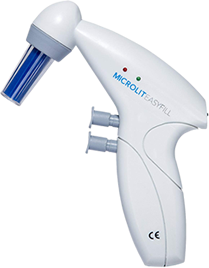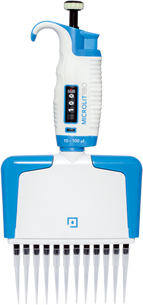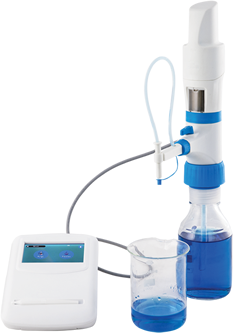What is Carpal Tunnel Syndrome?
Carpal tunnel syndrome (also known as median nerve compression) is a condition that results in a sensation of numbness, tingling, or a slight weakness in an individual’s hand.
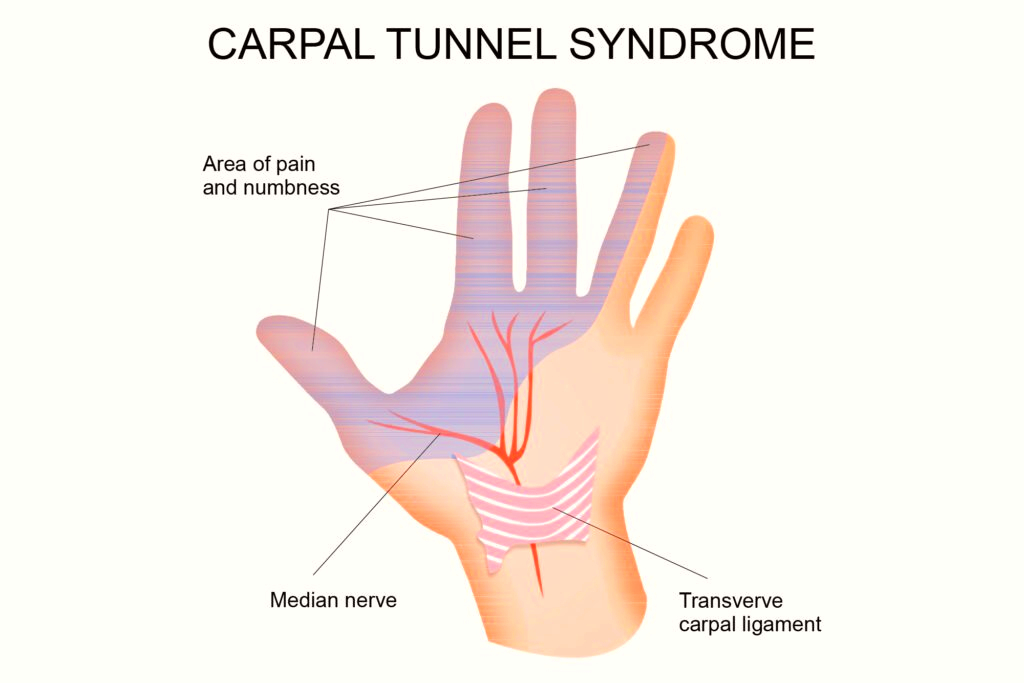
The primary culprit for carpal tunnel syndrome (CTS) is excessive pressure on one’s median nerve that runs across the length of the arm. This nerve passes through a region in the wrist known as the carpal tunnel. The median nerve is responsible for controlling the movement and feeling of sensation in your thumb, as well as the movement of all the fingers except the little finger.
Symptoms of Carpal Tunnel Syndrome
Someone with CTS might experience the following symptoms:
- Tingling, burning or itching numbness in your palm and certain fingers.
- A feeling of weakness in the hand
- Trouble holding things
- Shock-like sensations in your fingers or palm
Early on in the condition, you might feel your fingers ‘falling asleep’ and becoming numb. Initially, you might feel better by just shaking out your hands. But later on, shaking your hands alone might not be enough to make the numbness disappear.
When you wake up in the morning, there might be a sensation of numbness or tingling in your hands all the way to your shoulder. During the daytime, the symptoms usually become worse while one is holding onto something and the wrist is bent, such as while you are cooking or driving a car.
As CTS worsens, you may feel that you have less grip than before due to your hand muscles getting shrunk. Further, you can expect more pain and extreme muscle cramping. The median nerve is unable to function properly due to undue pressure, which may cause less coordination and muscle strength, as well as slower nerve response.
Causes of Carpal Tunnel Syndrome
Most of the time, people are not aware about the reason for the onset of CTS. It can happen for a variety of reasons, such as:
- Repetitive hand movements, such as typing, or handling certain kinds of equipment over and over. Especially, when the object you are holding is causing your hands to be at a lower position than the wrists (such as pipetting).
- Other medical conditions, such as obesity, rheumatoid arthritis, hypothyroidism and diabetes.
- Pregnancy
In addition, women have been reported to have a higher risk of getting CTS, almost three times more than men. The reason is thought to be smaller carpal tunnels in case of women. Small carpal tunnels can also run in one’s family.
Further, if you have a job that requires you to move your hand, wrist or arm again and again, such as a lab technician, cashier, lab technician, cook or musician, you can be at a higher risk of getting CTS.
Prevention of Carpal Tunnel Syndrome
Although there aren’t any specific strategies that can help prevent CTS, you can definitely take some precautions to reduce stress on your hands and arms.
- For instance, if your work involves rapid hand movements, like in cooking, you can take regular, short breaks. Similarly, if you work in a lab, you should attempt to exert minimum pressure on your hands while also relaxing your grip and use ergonomic tools whenever possible. Even taking a break for a few minutes every hour can make a huge difference.
- You can also try to gently stretch your wrists and hands at regular intervals.
- Try to alternate tasks if possible. Especially if you need to use any instrument that vibrates or requires you to apply excessive force.
- Keep a check on the form of your hands and wrists. Don’t bend the wrist all the way down or up. Keep it in a relaxed middle position.
- While working on computers, you need to ensure that the computer mouse is comfortable to hold and operate. In addition, place the keyboard at elbow height or lower, so that there isn’t any strain on your wrist.
- Try to improve your posture as an incorrect posture can compress the nerves of the neck. This can indirectly affect the nerves around your wrists and hands.
- Make sure that your hands are warm. In a cold environment, one is more susceptible to developing pain and stiffness in the hands.
How do Microlit Products prevent carpal tunnel syndrome?
One of the leading causes for CTS is the continuous use of hand-held equipment, such as a micropipette, with defective ergonomics. CTS is common among scientific researchers and lab technicians who perform liquid handling on a regular basis, that results in rigorous pressure exerted on one’s hands and wrists consistently, thereby multiplying the risk of having CTS.
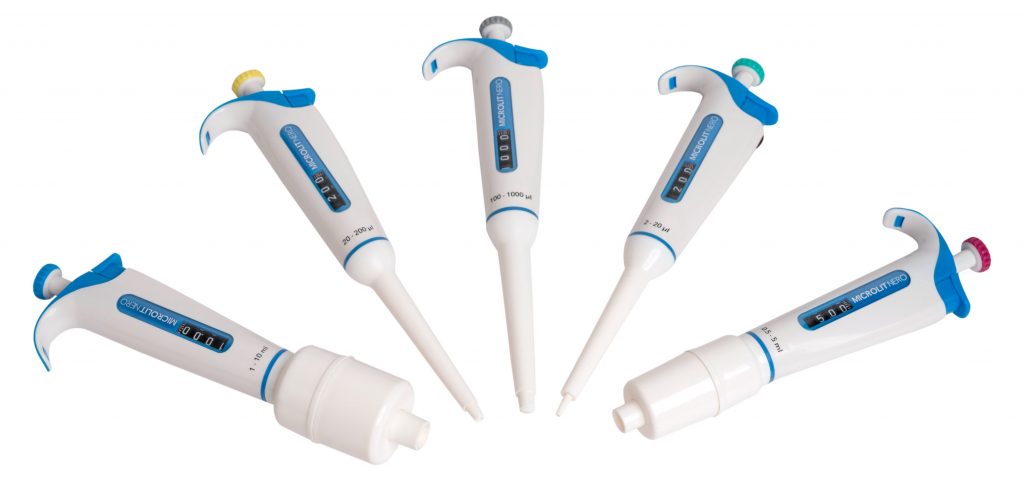
Microlit’s labware is designed by expert product engineers, who prioritize ergonomics and comfortable handling above all. We have been able to achieve the lowest possible plunger force by optimizing the design of our plunger springs. In addition, our micropipettes are lightweight and are designed keeping good ergonomics in mind. To know more about the features of our micropipettes, visit our website www.microlit.us.






 3935
3935

